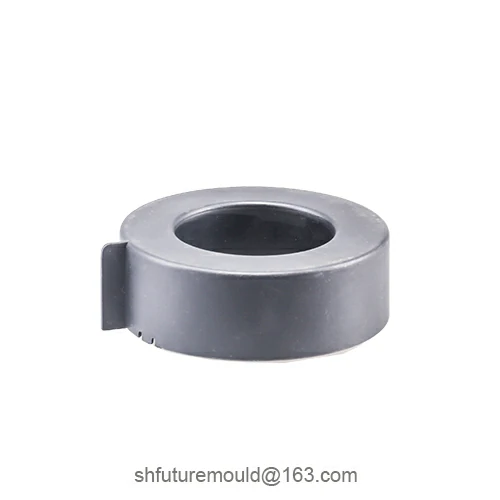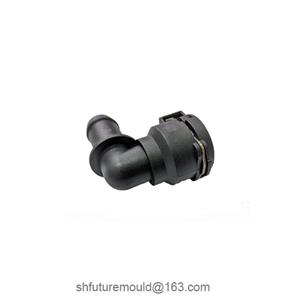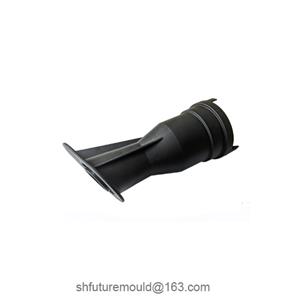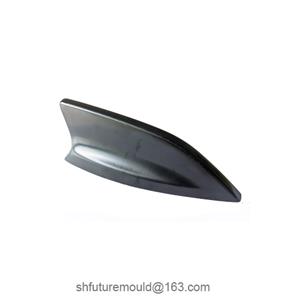Characteristics of Ultrasonic Polishing for Injection Molds
In the injection mold manufacturing process, the surface finish of the mold directly impacts the appearance quality of molded products and subsequent processing.
I. Introduction to Ultrasonic Polishing Technology
Ultrasonic polishing is a surface treatment technique that utilizes ultrasonic vibrations to energize polishing media into a high-speed micro-vibration state, enabling precise micro-processing of workpiece surfaces. During the process, high-frequency vibrations generate irregular micro-impacts, effectively removing microscopic defects and achieving ultra-high surface smoothness.
II. Surface Quality Requirements for Injection Molds
As the forming tool for plastic products, the surface condition of an injection mold directly determines the product’s surface texture and appearance. Key requirements include:
Low roughness: Ensures smooth, flawless product surfaces.
High precision: Guarantees dimensional stability and consistency.
Wear and corrosion resistance: Extends mold lifespan and reduces maintenance costs.
III. Features and Advantages of Ultrasonic Polishing
Efficient Removal of Micro-Defects
Ultrasonic polishing generates numerous micro-impact forces through high-frequency vibrations, rapidly eliminating surface scratches, burrs, and other micro-defects. This significantly enhances the surface finish in minimal time.
Superior Precision in Fine Processing
The ultrasonic vibration enables precise control of polishing media movement at the micrometer level, delivering uniform, non-destructive polishing. This makes it ideal for high-precision injection molds requiring exceptional surface quality.
Adaptability to Complex Curved Surfaces
Traditional mechanical polishing struggles with intricate geometries, but ultrasonic polishing’s non-contact vibration technology flexibly adapts to complex curves and uneven structures, ensuring consistent surface treatment across the entire mold.
Reduced Mechanical Stress
By eliminating direct contact between large tools and the workpiece, ultrasonic polishing avoids thermal deformation and surface damage common in conventional methods. This minimizes residual stress and preserves mold accuracy.
- Injection Mold
- Automotive Injection Mold
- Electronics & Electrical Injection Mold
- Consumer Goods Injection Mold
- Airplane Components Injection Mold
- Medical Components Injection Mold
- Irrigation Components Injection Mold
- Injection Molds




